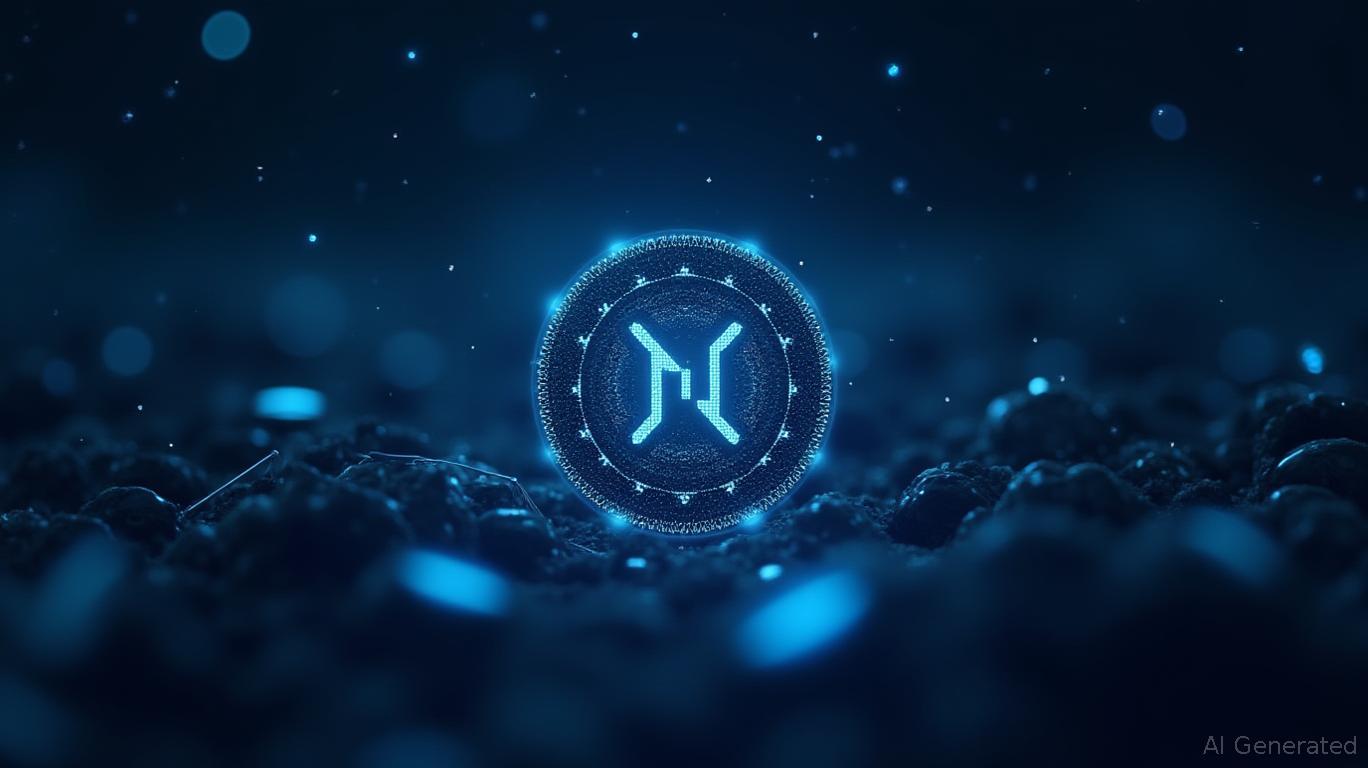NATIX Network Drops 4.58% Amid Decentralized AI Advancements
NATIX Network's latest price was $0.001616, down 4.584% in the last 24 hours.
is at the forefront of a new decentralized AI , integrating physical data collection, distributed machine learning infrastructure, and tokenized incentives to create more intelligent, real-world artificial intelligence. This evolution is marked by a shift from merely gathering sensor data to actively using it to train AI models, facilitated by a dedicated subnet on Bittensor, a decentralized AI compute protocol. This move signifies a leap in AI architecture, emphasizing the use of real-world data over synthetic training sets and rewarding competitive performance with real economic value.Subnet 72, known as StreetVision, is the core of this development. It serves as NATIX’s platform for crowdsourced video data, sourced from a global fleet of a quarter of a million drivers who have contributed over 170 million kilometers of mapped data. This data encompasses a wide range of real-world contexts, from routine journeys to extraordinary events, such as the footage of a tornado captured by an American driver. On Subnet 72, decentralized AI participants, or miners, compete to process this video data, identifying essential aspects for navigation in a virtual world constructed from real-world input. Each participant runs specific models within the deep learning family of AI algorithms to derive insights that Bittensor needs to make sense of the incoming data.
This process creates a continuous feedback loop where real-world data immediately trains and fine-tunes AI models, which are then deployed back into NATIX’s edge devices. These devices include intelligent dashcams and mobile sensors used by drivers in the network, resulting in a system where AI development is intimately connected to real-world usage and tested in relevant environments. This approach ensures that the AI is not developed in isolation but is continuously improved based on real-world data and usage.
NATIX’s approach is distinguished by its commitment to decentralization at every layer, from data acquisition to model training and deployment. Unlike centralized systems that rely on proprietary infrastructure and siloed datasets,
and Bittensor leverage open participation and competition to drive innovation. This makes AI development accessible to all and democratizes the process, encouraging continuous iteration and optimization. The outcome is better models, improved data extraction, and enhanced navigation tools, all of which are immediately deployed in real time on edge devices. This real-time deployment means that the AI is not only trained on the most recent data but also learns from it live, continuously shaping its future performance. The implications are vast, including self-updating maps, self-driving cars that adapt to changing environments, and urban analytics created in real time from street-level devices.The innovation is driven by a meticulously designed incentive system. Emissions from the $TAO token power Subnet 72, compensating AI miners for their work. NATIX has committed to reinvesting emissions back into the ecosystem through buybacks and token burns, creating a deflationary mechanism that adds long-term value to the system and aligns platform growth with token health. Parallel liquidity pools for dynamic TAOs help maintain value and stimulate participation, allowing AI miners and participants immediate access to liquidity while supporting long-term staking and reinvestment strategies that benefit the network as a whole. These mechanisms create a closed economic loop where data provides the fuel, AI provides the power, and insights generate the value, reinforcing the system that made it possible.
The collaboration between NATIX and Bittensor showcases a bold vision of decentralized AI based on real-world data, near real-time feedback, and economic incentives. This model is not just about training better, more intelligent models; it’s about constructing a system that learns from the real world, improves with every passing moment, and makes intelligent use of contributions from its various participants. This approach could revolutionize autonomous navigation and infrastructure planning, creating a new kind of AI that is decentralized, deployable, and driven by street-level reality rather than confined research-lab innovation. NATIX represents an AI living system, a loop that exists not in the lab but in the streets of an urban world, continuously learning and adapting to its environment.


Comments
No comments yet